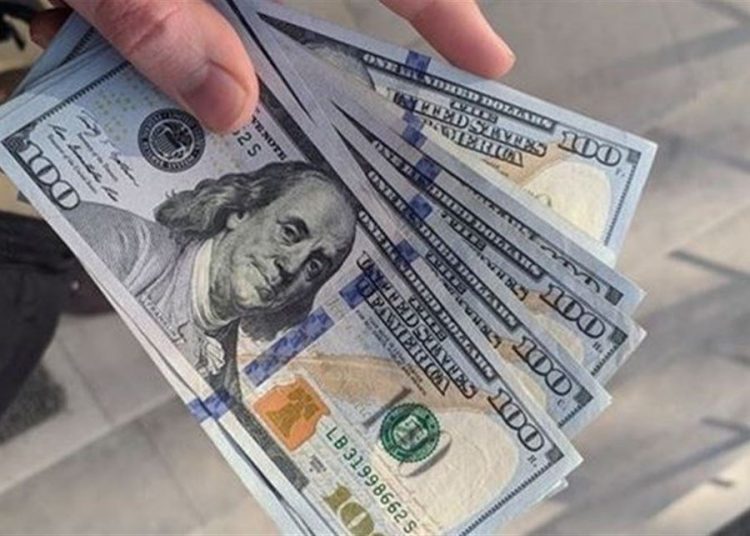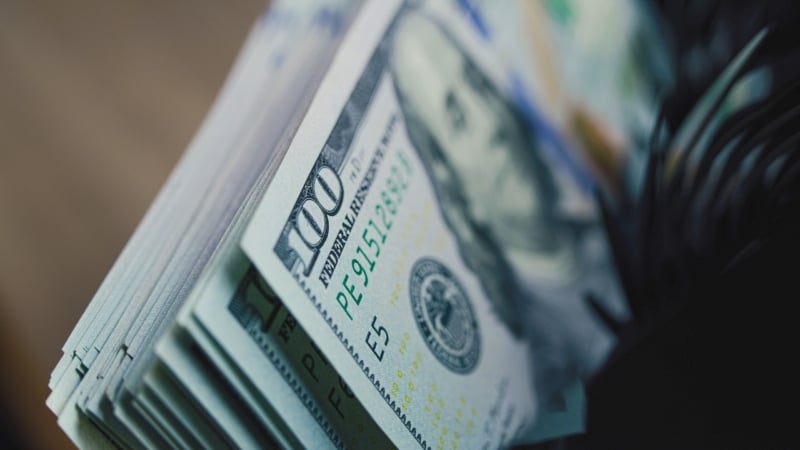Publisher: Maaal International Media Company
License: 465734
Analysis: Dollar decline is a boon for world’s risky assets
اقرأ المزيد
Declining inflation in the US is accelerating the dollar’s decline, and risky assets around the world are expected to benefit from this.
According to “Reuters”, the dollar fell nearly 13 percent against a basket of major currencies from its highest level in twenty years, which it recorded last year, and reached its lowest level in 15 months.
US data released on Wednesday showed that inflation slowed more than expected, which accelerated the dollar’s decline and reinforced expectations that the Federal Reserve (the US central bank) is about to end the cycle of raising interest rates.
Because the dollar is a vital component of the global financial system, a wide range of assets will benefit if it continues to decline.
The dollar’s decline may be a boon for some US companies because the currency’s decline makes exports more competitive abroad and makes converting profits abroad into dollars cheaper for multinational companies.
An analysis by Bespoke Investment Group of Russell 1000 companies showed that just over 50 percent of revenues in the US technology sector come from abroad. This sector includes some of the big growth companies that have led the rise of the markets this year.
Raw materials, which are priced in dollars, become affordable for foreign buyers when the US currency depreciates. The commodity index of Standard & Poor’s and Goldman Sachs rose 4.6 percent this month, and is on track to record its best monthly performance since October.
Emerging markets also benefit because a lower greenback makes it easier to repay dollar-denominated debt. The MSCI Emerging Markets Currency Index has risen 2.4 percent this year.
“For the markets, the dollar’s decline and the reason behind it, which is the decline in inflation, facilitate everything, especially for assets outside the United States,” said Alves Marino, foreign exchange analyst at Credit Suisse.
The dollar fell at a time when US Treasury yields fell in the past days, which reduces the attractiveness of the US currency and boosts a large number of other currencies ranging from the Japanese yen to the Mexican peso.
“That sound you’re hearing is technical level breaking in the foreign exchange markets,” said Carl Chamota, senior market analyst at Corbyn global foundation.”
The continued decline of the dollar may lead to an increase in the profits of foreign exchange strategies such as the dollar-funded carry trade, which involves selling the dollar to buy a currency with a higher return, allowing the investor to reap the difference.
The dollar’s decline has made the strategy already profitable this year. Data from Korbay showed that the investor who sold the dollar and bought the Colombian peso collected 25 percent since the beginning of the year so far, while the Polish zloty achieved a return of 13 percent.
In terms of monetary policy, the decline in the dollar may bring relief to some countries because it removes the urgent need to support their falling currencies.
Among these countries is Japan. The dollar fell 3 percent against the yen this week, and is on track to record its biggest weekly decline against the Japanese currency since January. The yen’s decline poses a problem for Japan’s import-dependent economy. And expectations increased that Japan would intervene again in the markets to support its currency, after it did so last year for the first time since 1998.
Of course, the decline of the dollar has its own risks, one of which is a possible increase in inflation in the United States, which increases bets on further monetary tightening and the decline of many anti-dollar transactions that flourished this year.
Although inflation has slowed, the US economy has remained resilient compared to other countries. A few experts believe that the Federal Reserve will cut interest rates soon, which may limit the dollar’s decline in the near term.








